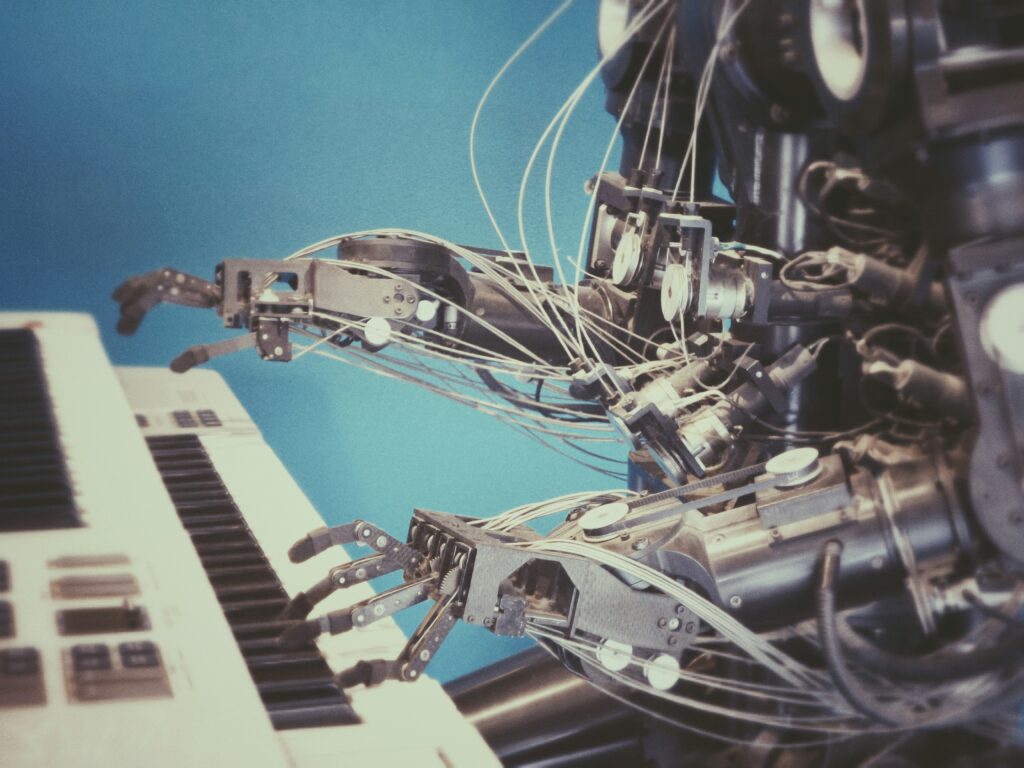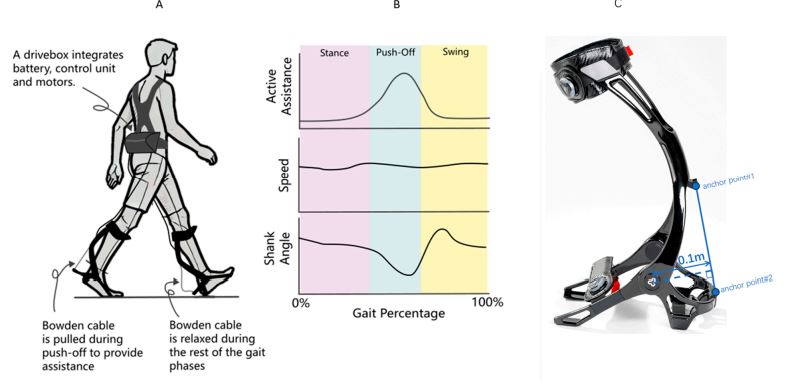
Introduction
Gait impairment is one of the most challenging motor symptoms of Parkinson’s disease (PD), affecting the mobility and quality of life of patients. Traditional rehabilitation methods rely on timed gait tests and physical therapy sessions, which, while beneficial, often lack real-time adaptability. However, the emergence of wearable exoskeleton technology presents a promising solution for improving gait rehabilitation through precise assistance and objective monitoring.
Recent research highlights the efficacy of wearable exoskeletons as an assistive and diagnostic tool for PD-related gait disturbances. Companies such as ReWalk Robotics and Ekso Bionics are at the forefront of developing advanced exoskeleton technology, enabling improved mobility solutions for individuals with Parkinson’s disease. Specifically, an assistive force of 80N has been identified as the optimal threshold for enhancing gait velocity and rehabilitation outcomes. With advancements in artificial intelligence and sensor-based monitoring, exoskeletons offer a more accessible and effective rehabilitation alternative for PD patients, bridging the gap between clinical intervention and independent mobility support.
Wearable Exoskeleton for Parkinson’s Gait
Parkinson’s disease leads to significant deterioration in gait patterns, characterized by:
- Reduced gait velocity due to bradykinesia.
- Increased stride variability, affecting stability.
- Impaired postural control mechanisms, leading to higher fall risk.
These motor dysfunctions stem from dopaminergic neurodegeneration, which disrupts the basal ganglia-brainstem-spinal cord regulatory pathways. Consequently, PD patients struggle with movement modulation, making walking inefficient and sometimes unsafe.
The Role of Wearable Exoskeleton in Gait Rehabilitation
Wearable Exoskeleton for Precision Assistance in Parkinson’s Gait
The wearable exoskeleton used in this study (Relink-ANK-1BM) operates with soft robotic technology, utilizing:
- Carbon fiber ankle-foot orthoses (AFOs) for mechanical support.
- Bowden cables to generate assistive force up to 180N.
- Inertial measurement units (IMUs) to track real-time gait parameters.
- Load cells to measure force applied at key interaction points.

By providing programmable assistance at different force levels, the exoskeleton enables patients to regain a more natural walking rhythm.
Optimizing Assistive Force

The study investigated various force thresholds—0N, 40N, 80N, and 120N—to determine the ideal assistive force. Results revealed that 80N assistance led to a 58% increase in gait velocity, significantly enhancing rehabilitation outcomes. This threshold effectively countered PD-related stiffness while maintaining balance and cadence.
Wearable Exoskeleton as a Clinical Biomarker
Traditional PD assessments rely on clinical scales like UPDRS-III and timed gait tests, which, while useful, often lack continuous monitoring capabilities. The wearable exoskeleton introduces real-time spatiotemporal data collection, making it a potential alternative biomarker for PD progression. Research findings show a strong correlation (r = 0.8564, p < 0.001) between exoskeleton-measured gait velocity and changes in UPDRS-III scores, reinforcing its diagnostic reliability.
Advantages Over Conventional Rehabilitation
1. Personalized Home-Based Rehabilitation
Unlike costly robotic rehabilitation systems limited to clinical settings, wearable exoskeletons provide affordable and portable solutions, allowing patients to train at home without supervision.
2. AI-Driven Mobility Tracking
The integration of machine learning algorithms enables the exoskeleton to adjust assistance dynamically, ensuring optimal force levels tailored to individual gait patterns.
3. Improved Long-Term Outcomes
Studies suggest that regular use of wearable exoskeletons not only restores walking ability but also contributes to neuroprotective effects, potentially slowing disease progression.
Future Implications of Exoskeleton Technology
The future of wearable exoskeletons lies in refining AI-driven control mechanisms, expanding clinical validation, and ensuring widespread accessibility. Combining visual motion capture systems with exoskeleton-assisted rehabilitation could further enhance diagnostic precision, paving the way for remote monitoring and intervention in Parkinson’s disease management.
Conclusion
The evolution of wearable exoskeleton technology represents a paradigm shift in PD rehabilitation, offering patients an effective, data-driven, and portable solution for restoring mobility. With 80N identified as the optimal assistive force, exoskeletons can significantly improve gait function, enabling patients to walk with greater confidence and stability. As research advances, AI-powered exoskeletons may become standard tools in neurorehabilitation, bridging the gap between clinical intervention and independent mobility support.
Click here to learn about Human Machine Intreface.
Reference
Wei, X., Sun, J., Lu, G., Liu, J., Yan, J., Wei, X., Cai, H., Luo, B., Dong, W., Zhao, L., et al. “80N as the Optimal Assistive Threshold for Wearable Exoskeleton-Mediated Gait Rehabilitation in Parkinson’s Disease: A Prospective Biomarker Validation Study.” Healthcare, 2025, 13, 799. https://doi.org/10.3390/healthcare13070799
License
This blog is based on content from an open-access article distributed under the terms of the Creative Commons Attribution (CC BY 4.0) License. For more details, visit https://creativecommons.org/licenses/by/4.0/.
